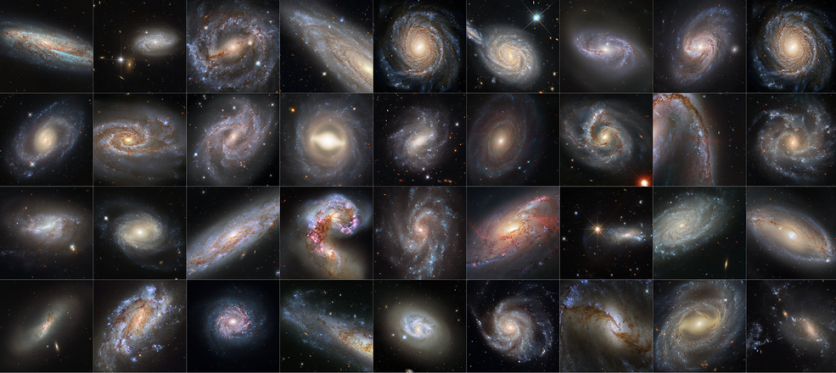With 30 years of marathon, NASA's Hubble Space Telescope has achieved more than 40 "milepost markers" of space and time to expand scientists' knowledge on the measurement of the expansion rate of the universe.
But the quest to solve the mystery of the universe's expansion had an interesting plot twist too.

The Plot Twist
Solving one of the universe's mysteries traces its origin back to the 1920s when astronomers Edwin P. Hubble and Georges Lemaitre measured its expansion rate. The astronomers' contribution came into fruition when in 1998, "dark energy" was discovered.
This dark energy, as detailed by NASA, is "a mysterious repulsive force" that was bolstering the universe's expansion.
With the help of Hubble's data and other telescopes, they discovered the plot twist: a discrepancy between the expansion rate measured in the local universe in contrast to independent observations made after the big bang, which had a different expansion value.
This discrepancy continues to be a mystery, but Hubble data's wide array of cosmic objects that serve as "distance markers" could possibly lead to the discovery of a brand new physics, according to NASA.
Hence, a scientific collaboration, spearheaded by Nobel Laureate Adam Riess, was established to solve the mystery of the universe's expansion rate called SH0ES (Supernova, H0, for the Equation of State of Dark Energy).
The new milestone is possibly Hubble's "magnum opus," according to Riess, adding that it would take "another 30 years of Hubble's life" to double its sample size.
Riess's team's paper will be published in The Astrophysical Journal, Special Focus issue, to detail the most comprehensive and likely last major update on the Hubble constant. It will contain results with a doubled sample size of cosmic distance markers, and the analyzed data included over 1,000 Hubble orbits!
Hubble Constant: Threading A Needle From the Past
Dr. Licia Verde, a cosmologist at ICREA, said that the Hubble constant is a special number and can be used to "thread a needle from the past to the present" to better understand our universe.
After launching a large space telescope in the 1970s, NASA sought to resolve Cepheids, stars that shine and dim periodically inside our Milky Way and external galaxies. It served as the "gold standard" of cosmic mile makers and to measure greater distances, astronomers studied exploding stars Type la supernovae.
The discovery of these objects became the "cosmic distance ladder: across the universe that is vital for calculating the universe's expansion rate, called the Hubble constant after Edwin Hubble.
This constant was beneficial in finding out the age of the universe and served as a "basic test of our understanding of the universe", according to NASA.
Brand New Physics?
With ESA and NASA's measurements of the universe ( based on an observation of relic cosmic microwave background from 13.8 billion years ago), astronomers predicted a lower value for the Hubble constant, which is at 67.5 plus or minus 0.5 kilometers per second per megaparsec, in contrary to SH0ES's estimate of 73.
Due to this discrepancy, astronomers still have no explanation for the disconnect between the rate of the local universe compared to the primeval universe, but NASA noted that the answer could include the new physics of the universe.
For cosmologists like Riess, this discrepancy excited him more than ever, and he said that he does "not care about the specific expansion value," but he is still looking forward to using it to learn more about the universe.
Related Article : NASA's Hubble Telescope Reveals Dazzling Slice of the Universe called "Little Sombrero"
This article is owned by Tech Times
Written by Joaquin Victor Tacla




